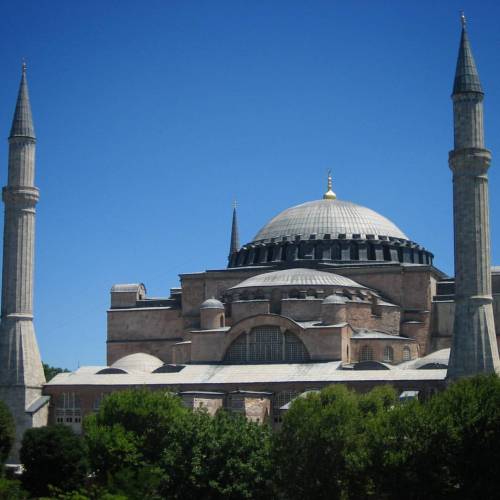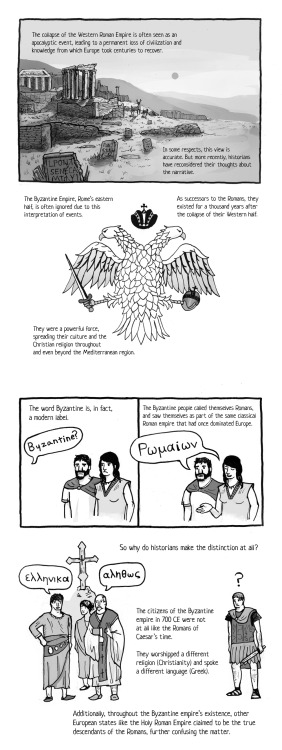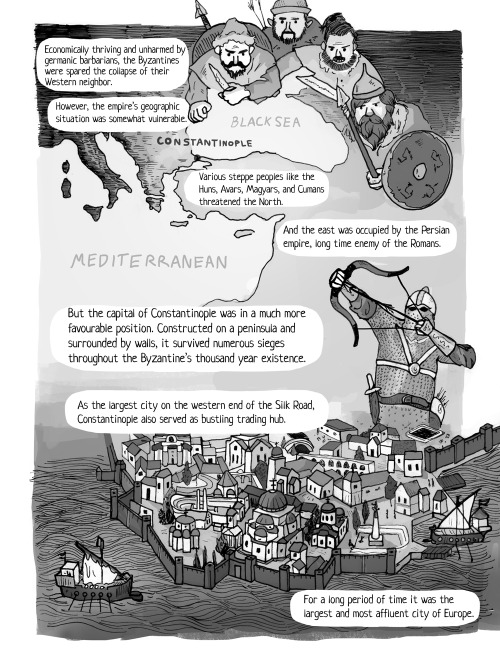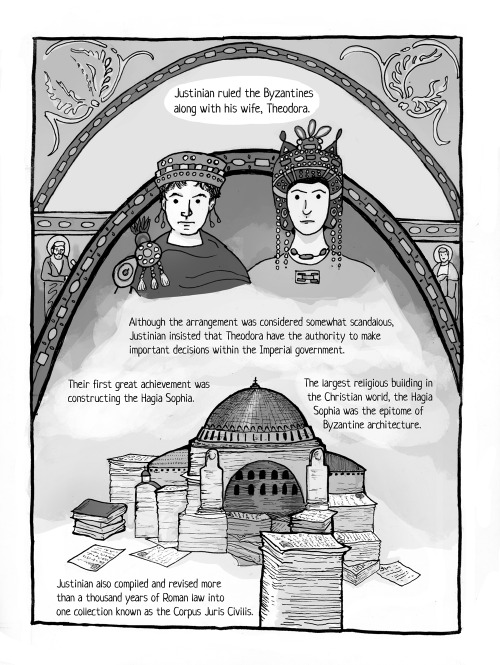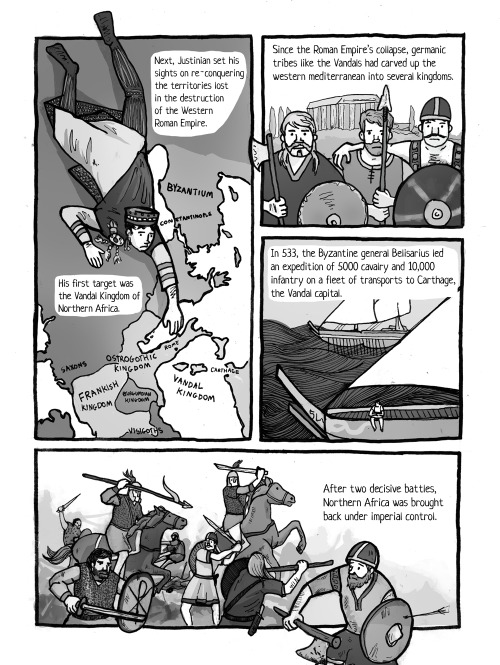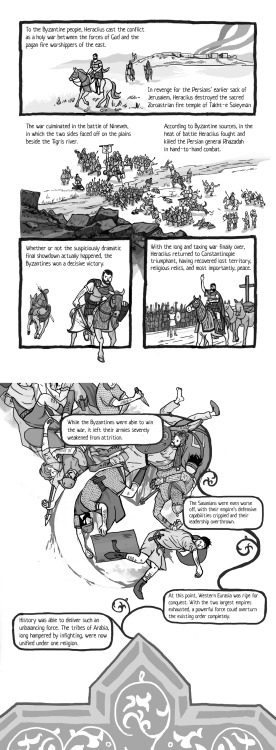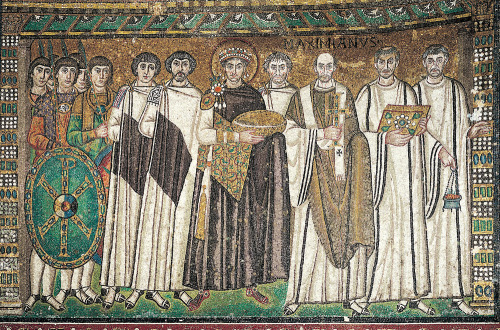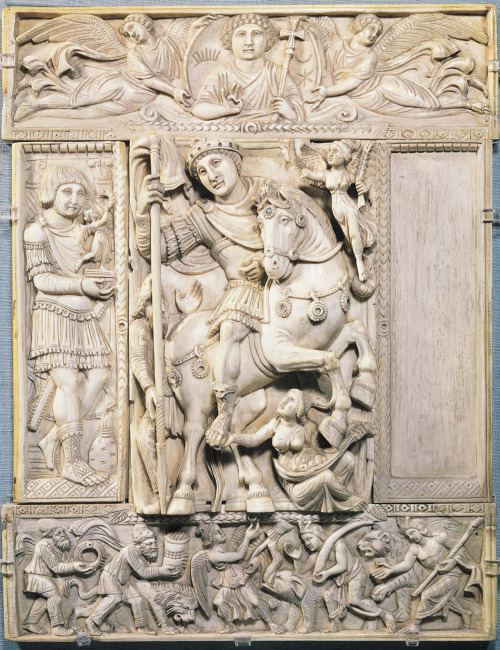#justinian
The Hagia Sophia in Istanbul, Turkey
It was built in 500 AD by Justinian the Great, this church/museum exemplifies incredible Byzantine and Islamic Art. It stands as a Mosque today (openly accepts tourists) and stood as a largest enclosed area until modern times. It is one of the highlights of Istanbul.
See more at wanderingtrader.com
#turkey #istambul #hagiasophia #justinian
Post link
Αγία Σοφία, Hagia Sophia, Ayasofya, from the greek for Holy Wisdom.
On this day, the bully of East Med has decided to prove to the rest of the world that monuments of this magnitude can be used as tools to push personal, hidden or other political agendas.
Whatever the reason, monuments like Hagia Sophia #deserve better
Post link






Some of the most famous Christian Roman emperors
Thought I’d posted this already, but I guess not?
Good effort, Justinian. Noble, but doomed.
Post link
the fact that emperor justinian I and his wife theodora believed in competing versions of christianity is already extremely funny to me, but it becomes even funnier when you learn that they sent competing missionaries to nubia to see whose version of christianity would get there first like some sort of fucked up evangelization romcom
Justinian, Bishop Maximianus, and attendants, mosaic from the north wall of the apse, San Vitale, Ravenna, Italy, ca. 547
Post link
Justinian as world conqueror (Barberini Ivory), left leaf of a diptych, midsixth century. Ivory, 1’ 1 ½" x 10 ½". Louvre, Paris.
Post link
HAGIA SOPHIA II
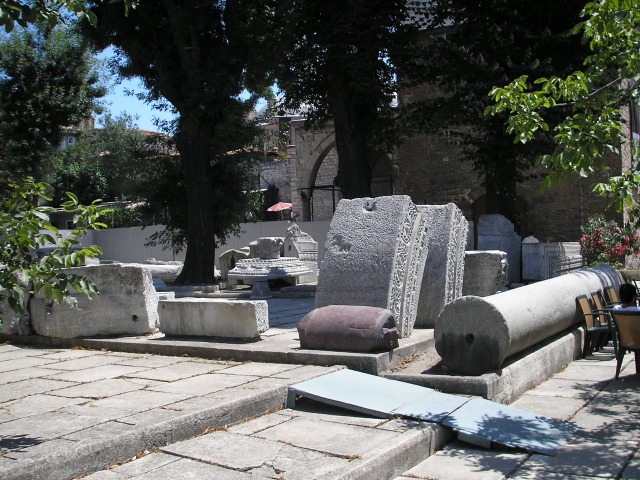



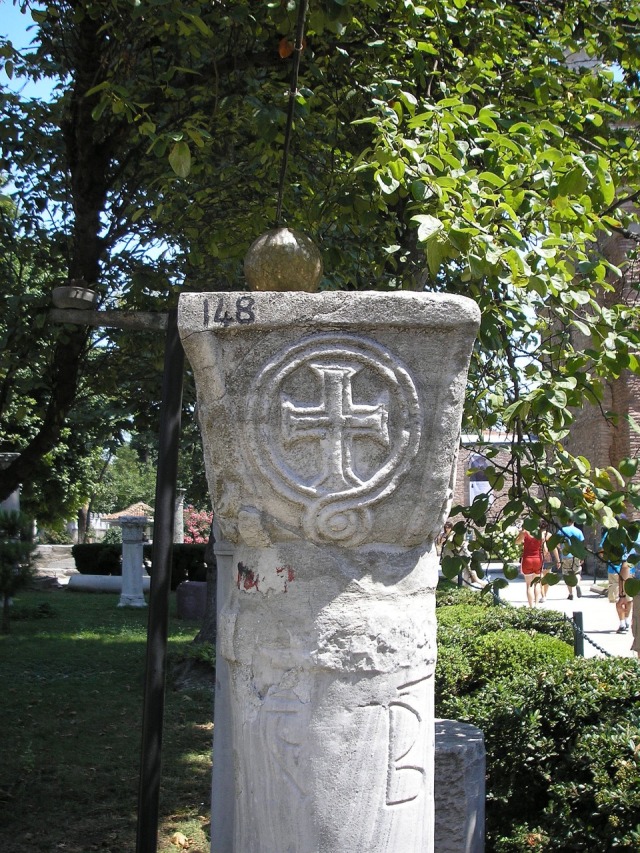

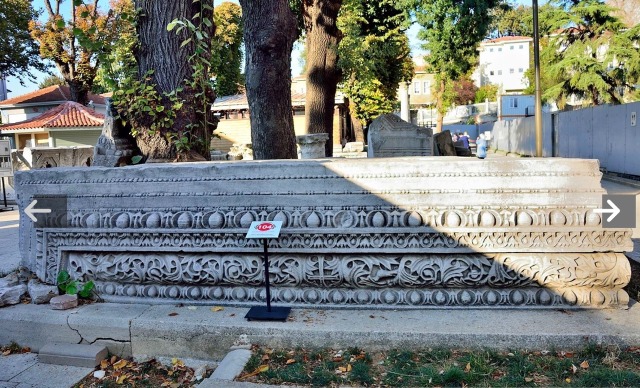

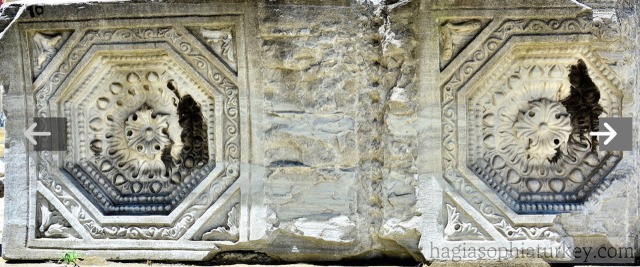

Theodosius II rebuilt the principal church of Constantinople in AD 415 after fires in 402 and 412 had destroyed the original structure founded by Constantine. The church was dedicated to Holy Wisdom—Hagia Sophia (Αγία Σοφία). Little is known about the church of Theodosius other than it was basilican in form, had a timber roof, and was preceded by a spacious atrium. The name of the architect, Rufinus, is preserved.
Some architectural remains of the monumental western façade were excavated in 1935. These richly decorated fragments were part of a porch consisting of an arcuated pediment carried by corinthian capitals and a coffered barrel vault. The lintel frieze depicts 12 lambs which symbolize the 12 apostles.
The Theodosian foundation was burned to the ground in AD 532 during the Nika Riots. Justinian I rebuilt the current church of Hagia Sophia on the same site in a record 5 years. The stark contrast in styles and building techniques between the two monuments indicates that the transition from early Christian to Byzantine architecture had been completed.

